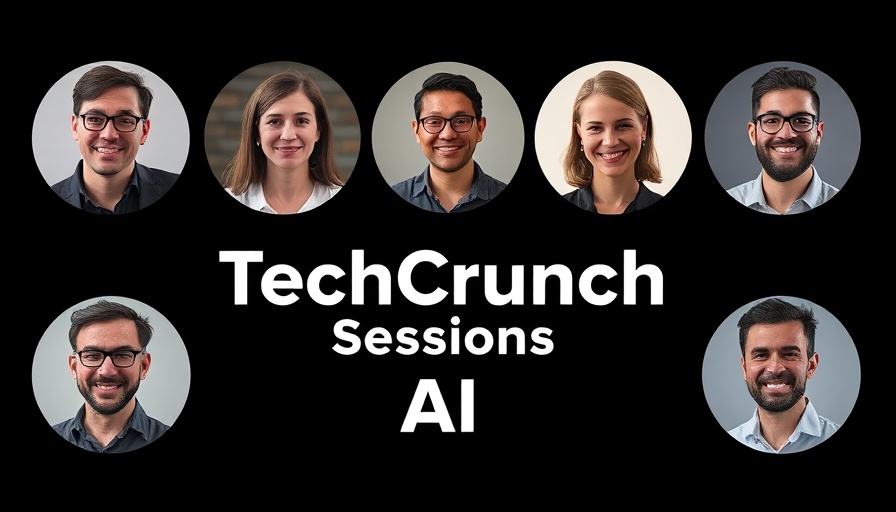
Join the Movement: Shape the Future of Tech at TC Sessions: AI
The TechCrunch Sessions: AI event, taking place on June 5 at Zellerbach Hall, UC Berkeley, is not just another tech conference; it’s a unique opportunity for AI enthusiasts to actively shape conversations about the technologies that will drive society forward. This year, attendees have the power to choose which speakers will take the stage through a voting process that highlights the importance of community input in the tech sector. With the voting window running until March 21 at 11:59 p.m. PT, now is the time to make your voice heard!
Empowering Voices in AI: Meet the Finalists
This year, six finalists have been selected based on their innovative proposed sessions. Each speaker brings a unique perspective to the table, reflecting the diverse landscape of artificial intelligence. The finalists include:
- Cristina Mancini, CEO of Black Girls Code, discussing "Who Is Coding Our Future?" — a vital conversation about inclusion and diversity in tech.
- Yann Stoneman, Staff Solutions Architect at Cohere AI, addressing "Behind Your Firewall: Secure Generative AI for Regulated Enterprises." This session promises insights into securing AI implementations in sectors like finance and healthcare.
- Hua Wang, Executive Director of the Global Innovation Forum, with "The AI Policy Playbook: What Startups Need to Know." Hua will dive into challenges startups face due to policy and regulation in AI technology.
- Hardik Vasa, Senior Solutions Architect at AWS, will share best practices for "Implementing Secure Generative AI with Guardrails."
- Marcie Vu, Partner at Greycroft, offering insights from her experience as a tech banker in "A Big Tech Banker-turned-Investor’s Unique Lens on Identifying Exceptional AI Founders."
- Mahesh Chayel, Product Management Lead at Meta, discussing revenue strategies in "Guide to Monetizing GenAI in Enterprise Applications."
Each of these session topics tackles critical issues facing the AI industry today, from gender diversity to security in tech implementations, ensuring that attendees will leave with actionable insights.
Why Your Vote Matters in Technology
Voting is not just a formality; it is a powerful expression of community engagement in the tech landscape. By choosing a session, attendees can influence trends and highlight pivotal issues in artificial intelligence and technology as a whole. This approach empowers attendees to express their priorities and promote voices they want to hear more from, showcasing community interest in critical tech topics.
Moreover, the participation in voting creates a dialogue about what matters most in technology news today. According to recent trends, audience-driven content is more engaging, proving that tech communities crave authentic discussions led by individuals with firsthand experience and insight.
The Digital Age: Stay Updated on Tech Trends
As AI continues to evolve rapidly, staying informed is key. Events like TechCrunch Sessions: AI serve as platforms not just for sharing innovations but also for connecting like-minded individuals passionate about technology. It’s an opportunity to engage with breaking tech news and gain insights that can influence your understanding of the tech landscape.
To stay informed on the latest technology news, consider subscribing to reputable tech news blogs or platforms – they can offer a daily digest of trending tech developments, analysis, and expert opinions that keep you ahead of the curve.
Make Your Opinion Count
Voting is an easy yet powerful way to influence the types of discussions and representations that will take place at the TechCrunch Sessions: AI. By selecting the session you want to witness, you're not only supporting your preferred speaker but also driving the conversation surrounding AI in a direction that resonates with you.
So head over to the voting page [insert hyperlink] and cast your vote by March 21 at 11:59 p.m. PT! Your involvement matters in creating a tapestry of diverse voices and insights that fuel the future of technology.
 Add Row
Add Row  Add
Add 



Write A Comment